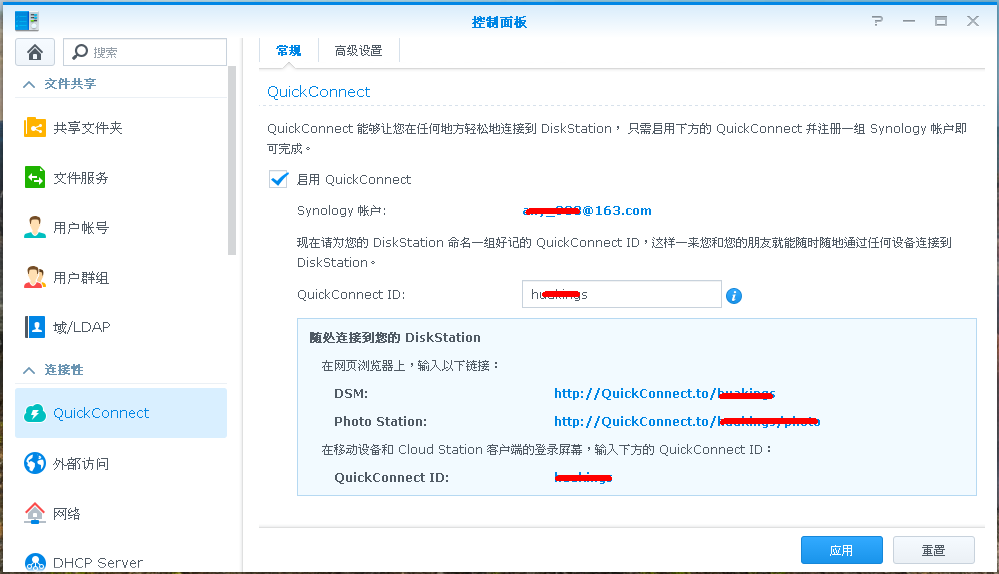随着互联网的快速发展,高并发已经成为了我们日常开发工作中经常遇到的问题,因此我们需要不断寻找并使用高性能的解决方案来提升我们的应用程序的并发能力。swoole是一个非常优秀的高性能网络通信框架,它提供了协程技术,可以有效地提升应用程序的并发能力。在这篇文章中,我们将介绍如何在swoole中使用协程实现高并发的swoole_smtp函数。
一、什么是swoole_smtp函数
Swoole提供了一个名为swoole_smtp的邮件发送函数,可以用于实现电子邮件的发送。swoole_smtp函数的作用是封装SMTP协议,可以向一个或多个收件人发送电子邮件。它可以更方便地进行电子邮件的发送,而无需手动处理SMTP协议。
二、Swoole中的协程
在Swoole中,协程是一种轻量级的线程,可以在一个线程中执行多个协程,每个协程之间的切换非常快捷。协程可以有效地解决高并发问题,因为它可以避免线程的切换开销,实现数据共享、协作式多任务处理等功能。
在Swoole中使用协程非常简单,只需通过swoole_coroutine_create函数创建一个协程,并在其中执行需要处理的任务即可。协程在执行过程中,如果发现IO操作会阻塞当前进程,它会主动进行切换,执行其他协程,等IO操作执行完毕后,再切换回来,继续执行当前协程的任务。
三、如何使用协程优化swoole_smtp函数
虽然swoole_smtp函数可以很方便地实现邮件的发送,但是它的性能并不是十分理想。因为它是通过阻塞方式实现SMTP协议的,因此在高并发环境下,会造成线程的阻塞,影响应用程序的性能。
使用协程可以很好地解决这个问题,我们可以通过swoole_coroutine_create函数创建多个协程,并同步执行多个邮件发送任务,从而提高并发能力,下面是示例代码:
connect('smtp.exmail.qq.com', 465, true))
{
throw new Exception('Connect SMTP server failed!');
}
if (!$smtp->recv())
{
throw new Exception('SMTP server did not respond!');
}
$smtp->send("EHLO swoole
");
if (!$smtp->recv())
{
throw new Exception('SMTP server did not respond!');
}
$smtp->send("AUTH LOGIN
");
if (!$smtp->recv())
{
throw new Exception('SMTP server did not respond!');
}
$smtp->send(base64_encode('xxxxx') . "
");
if (!$smtp->recv())
{
throw new Exception('SMTP server did not respond!');
}
$smtp->send(base64_encode('xxxxx') . "
");
if (!$smtp->recv())
{
throw new Exception('SMTP server did not respond!');
}
$smtp->send("MAIL FROM:
");
if (!$smtp->recv())
{
throw new Exception('SMTP server did not respond!');
}
foreach ($mail->getReceivers() as $receiver)
{
$smtp->send("RCPT TO:
");
if (!$smtp->recv())
{
throw new Exception('SMTP server did not respond!');
}
}
$smtp->send("DATA
");
if (!$smtp->recv())
{
throw new Exception('SMTP server did not respond!');
}
$content = wordwrap($mail->getContent(), 80, "
");
$smtp->send($content . "
");
if (!$smtp->recv())
{
throw new Exception('SMTP server did not respond!');
}
$smtp->send("QUIT
");
if (!$smtp->recv())
{
throw new Exception('SMTP server did not respond!');
}
$smtp->close();
}
$smtp = new SwooleCoroutineClient(SWOOLE_SOCK_TCP);
if (!$smtp->connect('smtp.exmail.qq.com', 465, true))
{
throw new Exception('Connect SMTP server failed!');
}
if (!$smtp->recv())
{
throw new Exception('SMTP server did not respond!');
}
$smtp->send("EHLO swoole
");
if (!$smtp->recv())
{
throw new Exception('SMTP server did not respond!');
}
$smtp->send("AUTH LOGIN
");
if (!$smtp->recv())
{
throw new Exception('SMTP server did not respond!');
}
$smtp->send(base64_encode('xxxxx') . "
");
if (!$smtp->recv())
{
throw new Exception('SMTP server did not respond!');
}
$smtp->send(base64_encode('xxxxx') . "
");
if (!$smtp->recv())
{
throw new Exception('SMTP server did not respond!');
}
$smtp->send("MAIL FROM:
");
if (!$smtp->recv())
{
throw new Exception('SMTP server did not respond!');
}
$mail_list = array(
// 邮件内容为$mail1,$mail2,$mail3
new Mail(),
new Mail(),
new Mail()
);
foreach ($mail_list as $mail)
{
swoole_coroutine_create(function () use ($mail) {
$smtp = new SwooleCoroutineClient(SWOOLE_SOCK_TCP);
if (!$smtp->connect('smtp.exmail.qq.com', 465, true))
{
throw new Exception('Connect SMTP server failed!');
}
if (!$smtp->recv())
{
throw new Exception('SMTP server did not respond!');
}
$smtp->send("EHLO swoole
");
if (!$smtp->recv())
{
throw new Exception('SMTP server did not respond!');
}
$smtp->send("AUTH LOGIN
");
if (!$smtp->recv())
{
throw new Exception('SMTP server did not respond!');
}
$smtp->send(base64_encode('xxxxx') . "
");
if (!$smtp->recv())
{
throw new Exception('SMTP server did not respond!');
}
$smtp->send(base64_encode('xxxxx') . "
");
if (!$smtp->recv())
{
throw new Exception('SMTP server did not respond!');
}
$smtp->send("MAIL FROM:
");
if (!$smtp->recv())
{
throw new Exception('SMTP server did not respond!');
}
foreach ($mail->getReceivers() as $receiver)
{
$smtp->send("RCPT TO:
");
if (!$smtp->recv())
{
throw new Exception('SMTP server did not respond!');
}
}
$smtp->send("DATA
");
if (!$smtp->recv())
{
throw new Exception('SMTP server did not respond!');
}
$content = wordwrap($mail->getContent(), 80, "
");
$smtp->send($content . "
");
if (!$smtp->recv())
{
throw new Exception('SMTP server did not respond!');
}
$smtp->send("QUIT
");
if (!$smtp->recv())
{
throw new Exception('SMTP server did not respond!');
}
$smtp->close();
});
}
$smtp->close();
在上面的示例代码中,我们创建了三个邮件发送任务,并使用swoole_coroutine_create函数将它们封装成为三个协程,同时在程序中创建了一个SMTP连接,用于同步执行多个协程。通过这种方式,我们可以大大提高邮件发送任务的并发能力,从而提升整个应用程序的性能。
四、总结
通过使用协程技术,我们可以很方便地实现高并发的邮件发送任务,并提高整个应用程序的性能。除了上述示例代码中使用的swoole_smtp函数之外,我们还可以使用其他Swoole提供的异步IO函数来优化应用程序的性能。总之,在应对高并发问题时,协程是一种非常优秀的技术,可以帮助我们更好地解决问题。
原文来自:www.php.cn















































暂无评论内容